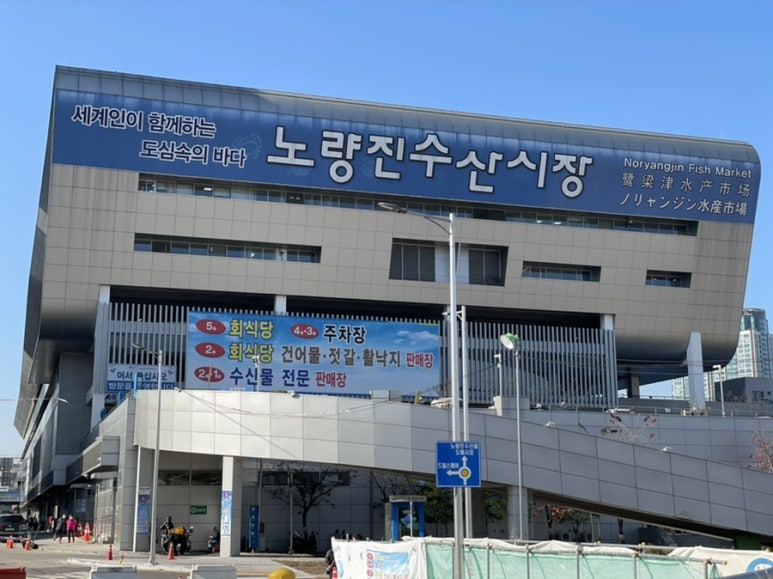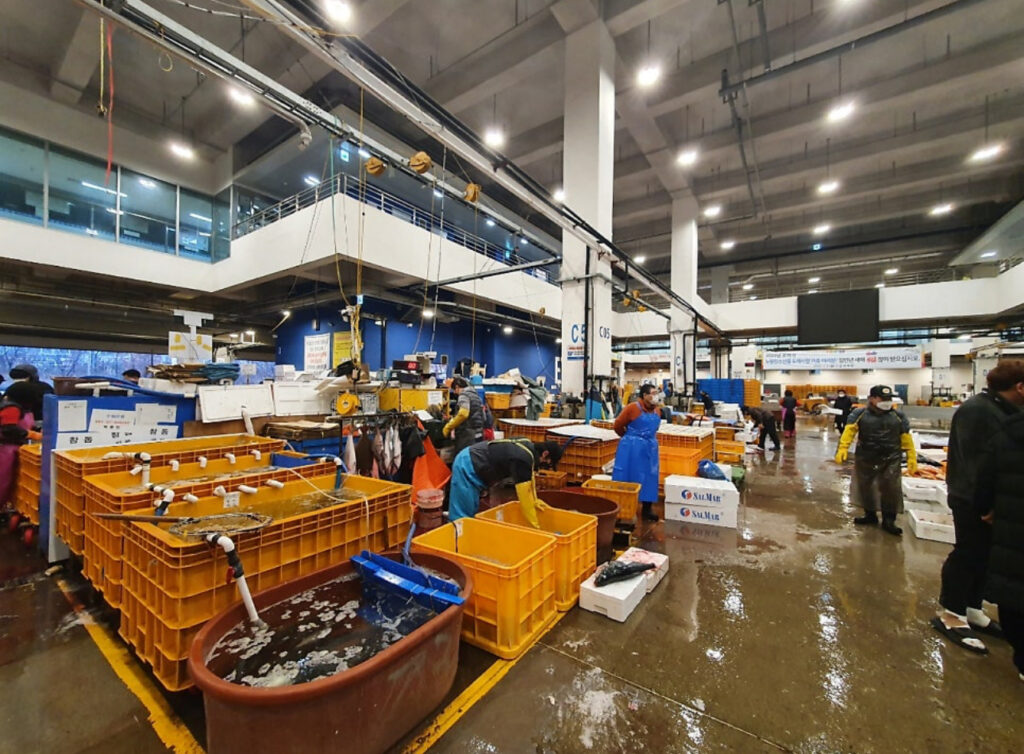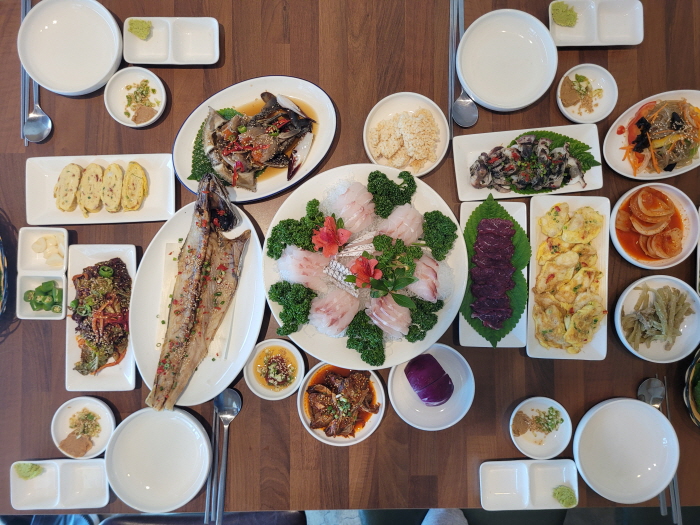Noryangjin Fish Market is not only a vital hub for Seoul’s seafood supply but also a critical part of South Korea’s seafood industry. This guide provides an overview of the market’s size and consumption levels through easy-to-read tables and charts.

1. Overview of Noryangjin Fish Market
| Category | Details |
| Location | Noryangjin-dong, Dongjak-gu, Seoul |
| Established | 1927 (relocated to current site in the 1970s) |
| Area | 66,000 square meters |
| Operating Hours | Open 24/7 |
| Daily Visitors | Thousands, including tourists, chefs, and locals |
| Daily Seafood Volume | Approximately 300 tons |
2. Daily Seafood Types and Quantities
Noryangjin Fish Market offers an extensive range of seafood types to meet the high demand. Here’s a look at some of the key seafood types and estimated daily quantities.
| Seafood Type | Average Daily Quantity (Tons) | Popular Season |
| Mackerel | 30 | Spring, Fall |
| Squid | 25 | Summer |
| King Crab | 15 | Winter |
| Octopus | 20 | Year-round |
| Shrimp | 18 | Summer, Fall |
| Oysters | 10 | Winter |

3. Seafood Consumption Process at Noryangjin Fish Market
The market offers a unique “select and dine” experience, where visitors can choose fresh seafood from vendors and have it prepared at nearby restaurants.
| Step | Description |
| 1. Choose Seafood | Visitors select fresh seafood directly from vendors. |
| 2. Weigh & Pay | Vendors weigh the selected items and finalize prices, often allowing some negotiation. |
| 3. Restaurant Preparation | Customers take their purchases to upstairs restaurants, where chefs prepare the seafood as requested. |

4. Economic Impact of Noryangjin Fish Market
| Aspect | Description |
| Employment | Supports thousands of jobs, including fishers, vendors, and restaurant staff. |
| Revenue | Billions of won annually generated through seafood sales. |
| Local Supply Chain | Supplies fresh seafood to restaurants, homes, and small markets throughout Seoul. |
5. Sustainability Efforts
| Initiative | Description |
| Sustainable Sourcing | Certain species are monitored closely to promote responsible harvesting practices. |
| Origin Labels | Vendors display the origin of seafood items to encourage transparency and responsible choices. |
| Environmental Awareness | Market is gradually adopting practices to balance consumer demand with sustainable fishing. |
Visiting Tips for Noryangjin Fish Market
| Tip | Details |
| Arrive Early | Morning auctions offer a unique chance to see the seafood trade in action. |
| Come Hungry | Take advantage of the “select and dine” option for a fresh, on-site meal experience. |
| Ask for Recommendations | Vendors can guide you to the freshest, in-season seafood items. |
| Explore Variety | With a vast selection, consider trying new seafood to fully experience Korean seafood culture. |
Leave a Reply